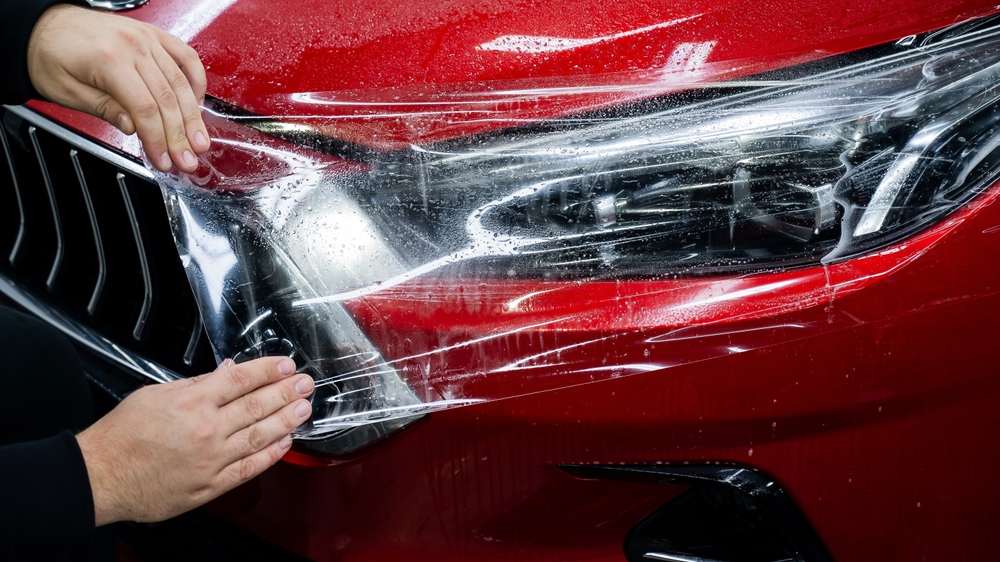Owning a car is a significant investment, and maintaining its value over time can save you money and frustration when it comes time to sell or trade it in. Depreciation is inevitable, but with proactive care and strategic decision-making, you can minimise its impact. Here are the ten best ways to ensure your car retains its value and fetches the highest resale price when the time comes.
1. Choose a Car with High Resale Value
Before you even drive off the lot, set yourself up for success by selecting a car known for its strong resale value. Reliable brands like Toyota, Honda and Skoda consistently rank high in retaining value over time. So do some premium brands where demand can often outpace supply, such as Porsche and Land Rover. Do your research and consider factors like demand, reliability ratings, and historical resale performance of specific models – some particular models retain much more value than the average for their manufacturer. Opting for a vehicle with a proven track record can make all the difference when it’s time to sell.
2. Keep Mileage Low
Mileage is one of the first things buyers check when assessing a car’s value. High mileage often signals increased wear and tear, which can deter potential buyers. While you can’t avoid driving altogether, you can limit unnecessary long trips or consider alternative transportation methods for routine commutes. The less you drive, the better your car will hold its value.
3. Maintain a Full Service History
Consistent maintenance is crucial for preserving your car’s health and value. Follow the manufacturer’s recommended service schedule and document everything. Oil changes, tire rotations, and major repairs should all be recorded. Use authorized dealerships or reputable mechanics to ensure quality work. A well-documented service history reassures buyers that your car has been cared for properly.

4. Keep the Car Clean and Protected
A car’s appearance can heavily influence its resale value. Regular cleaning and detailing can prevent dirt, grime, and contaminants from causing long-term damage. For the exterior, wash and wax your car frequently to protect the paint from scratches, rust, and fading. Consider ceramic coating or a protective film for cars for added durability. To preserve the interior, vacuum regularly and clean upholstery to avoid stains or unpleasant odours. Avoid smoking or eating inside the car, as this can leave behind stubborn smells and stains.
5. Avoid Modifications
While personalising your car might seem appealing, aftermarket modifications like custom rims, spoilers, or tinted windows often decrease resale value. Most buyers prefer a stock vehicle as it’s seen as more reliable and versatile. Save the customisations for accessories that are easily removable and won’t affect the car’s original condition.
6. Drive Carefully
Driving habits play a significant role in preserving your car’s condition. Aggressive driving, such as hard braking, rapid acceleration, or speeding over rough roads, puts unnecessary strain on your car’s components. For instance, avoid potholes, as hitting potholes can damage your suspension, alignment, and tyres. Choose safe and well-lit parking spots to avoid dents, scratches, or vandalism. Smooth and controlled braking reduces wear on brake pads and discs. Driving responsibly not only extends the lifespan of your car but also ensures it looks and feels well-maintained.
7. Protect Against Rust and Damage
Rust and body damage can severely impact your car’s value. Preventative measures like rustproofing are essential, especially in regions with harsh winters where road salt can accelerate corrosion. Address minor dents, scratches, and windshield chips promptly to prevent them from worsening over time. A rust-free and damage-free exterior signals to buyers that the car has been well cared for.
8. Use Quality Parts and Fluids
When it’s time for repairs or replacements, always opt for manufacturer-recommended or OEM (Original Equipment Manufacturer) parts. Cheap alternatives might save money upfront, but they can lead to problems down the road, reducing reliability and resale appeal. The same applies to fluids—use high-quality engine oil, coolant, and other essential fluids to keep your car running smoothly.
9. Be Mindful of Timing When Selling
Timing is everything when it comes to selling your car. Resale values tend to drop after key milestones, such as the expiration of the factory warranty or the release of a newer model. Selling your car before it hits these points can help you secure a better price. Additionally, avoid selling during off-peak times, like holidays or when fuel prices are high, as these factors can influence buyer interest. Some types of cars change slightly in value through the year – you will find a better price for a convertible in the spring, and for a car with four-wheel drive just before winter.
10. Keep All Documents and Accessories
Having all original documents and accessories in order can significantly boost your car’s resale value. This includes the original invoice or receipt from the dealer, the service records and receipts, the owner’s manual, spare keys and key fobs, and dealer-supplied accessories such as original floor mats and roof bars. These details show potential buyers that the car has been well-managed and comes with everything they need for a seamless ownership experience.
Final Thoughts
Maintaining your car’s value isn’t just about regular care but also smart ownership. By choosing the right car, keeping it in excellent condition, and making strategic decisions about repairs, modifications, and timing, you can minimise depreciation and maximise resale value. These ten steps ensure that when it’s time to sell, you’ll get the best return on your investment.
Drive with care, maintain with diligence, and protect your car’s value — because a little effort today can pay off significantly in the future.


